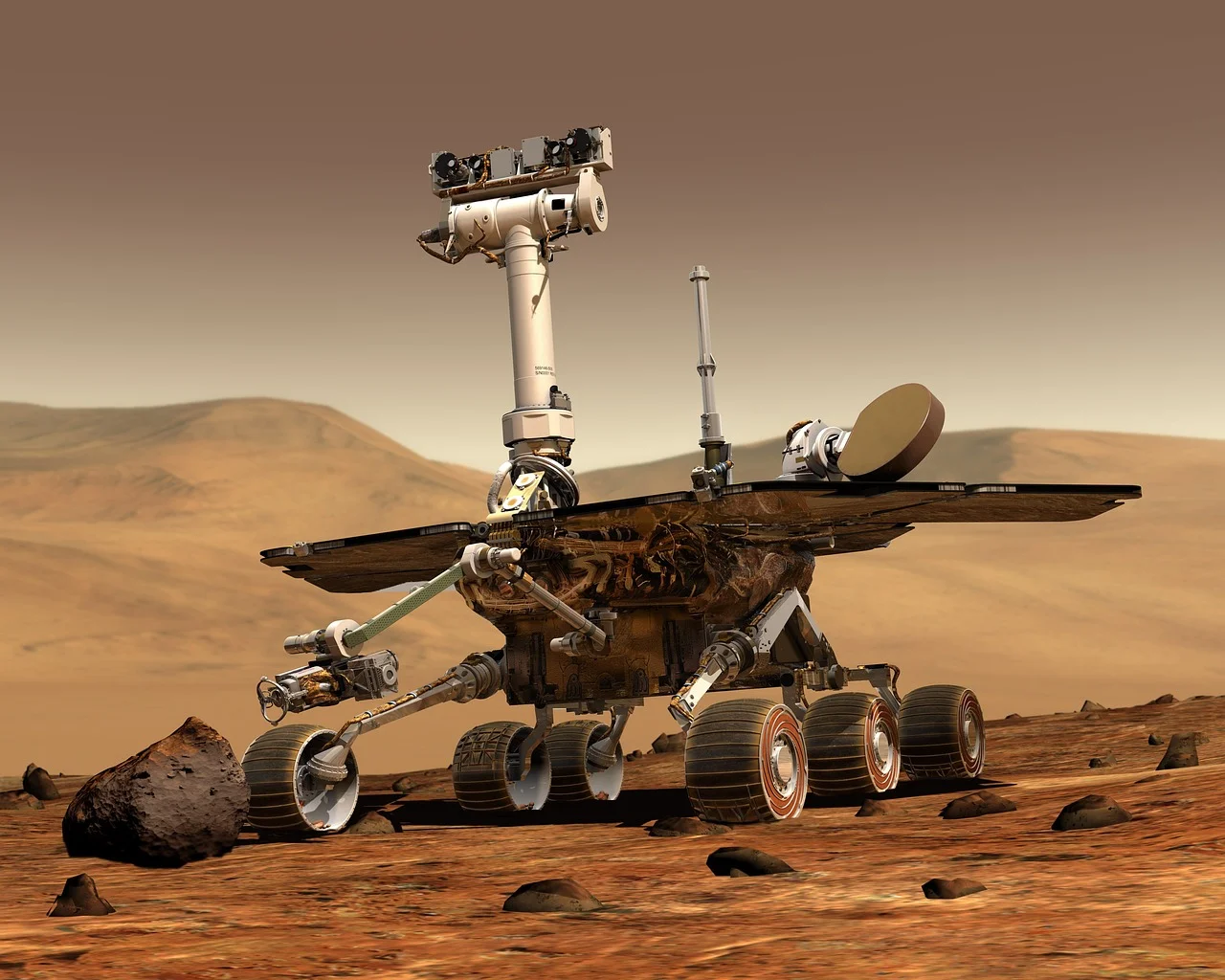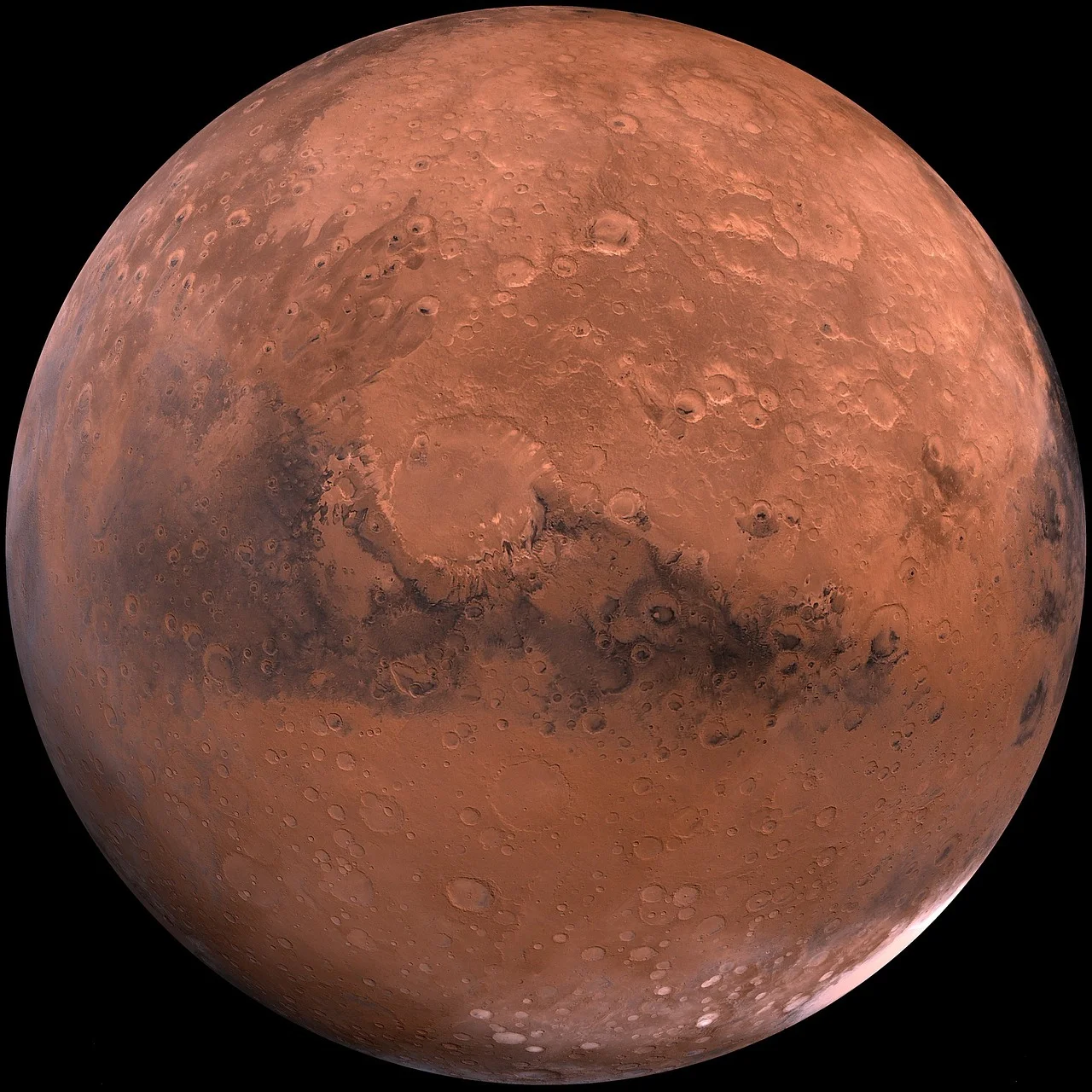Exploring Mars: The Next Frontier in Human Space Exploration
Humanity’s fascination with Mars has endured for centuries, fueled by its potential to answer fundamental questions about our solar system and serve as a possible second home for future generations. In recent decades, significant strides in technology and international cooperation have brought us closer than ever to realizing the dream of sending humans to the Red Planet.
Current Mission Initiatives
NASA’s Artemis program stands as a cornerstone of global efforts toward lunar exploration, laying the groundwork for future missions to Mars. The Artemis program aims not only to return astronauts to the Moon by the mid-2020s but also to establish a sustainable presence, leveraging the lunar surface as a testing ground for technologies essential for deeper space exploration.
SpaceX’s Bold Vision
Meanwhile, SpaceX, under the leadership of visionary entrepreneur Elon Musk, has outlined an ambitious plan for Mars colonization through its Starship spacecraft. Musk envisions a future where humanity becomes a multiplanetary species, with the first crewed missions to Mars potentially launching within the next decade. This bold vision has captured the imagination of scientists, engineers, and space enthusiasts worldwide, despite the considerable technological and logistical challenges that lie ahead.
Technological Innovations Driving Mars Missions
The journey to Mars poses daunting technological challenges, from developing advanced propulsion systems capable of navigating the vast distances between Earth and Mars to creating habitats that can sustain human life in the harsh Martian environment. NASA’s ongoing development of the Orion spacecraft and the Space Launch System (SLS) represents significant milestones in human spaceflight capabilities, while SpaceX’s innovative approach with the fully reusable Starship promises to revolutionize interplanetary travel.
Challenges and Considerations
Beyond the technical hurdles, the psychological and physiological well-being of astronauts during extended missions in deep space is a critical concern. The isolation, confinement, and radiation exposure experienced during long-duration spaceflight necessitate robust support systems and medical advancements to ensure the health and safety of crew members. Addressing these challenges requires interdisciplinary collaboration and ongoing research aboard the International Space Station (ISS) and other analog environments.

International Collaboration and Partnerships
International collaboration plays a pivotal role in the success of manned missions to Mars. NASA’s partnerships with the European Space Agency (ESA), Roscosmos, and other global space agencies enable shared expertise, resources, and cost-sharing opportunities that accelerate progress toward common goals. Furthermore, private sector involvement from companies like SpaceX and Blue Origin brings innovative solutions and competitive drive to the forefront of space exploration, fostering a dynamic environment for technological advancement.
Conclusion
Exploring Mars stands as the pinnacle of humanity’s ambition in space exploration, promising unparalleled scientific discoveries and the potential for future colonization. As we strive to understand our neighboring planet, we unravel clues about our own origins and the evolution of the solar system. Each mission, from rovers to manned expeditions, pushes the boundaries of human ingenuity and technological advancement. Moreover, Mars represents a stepping stone towards broader ambitions in space, including the search for extraterrestrial life and the expansion of our civilization beyond Earth. As we continue to explore Mars, we not only expand our scientific knowledge but also inspire future generations to dream and innovate, ensuring that the quest for discovery remains an enduring hallmark of human achievement.

